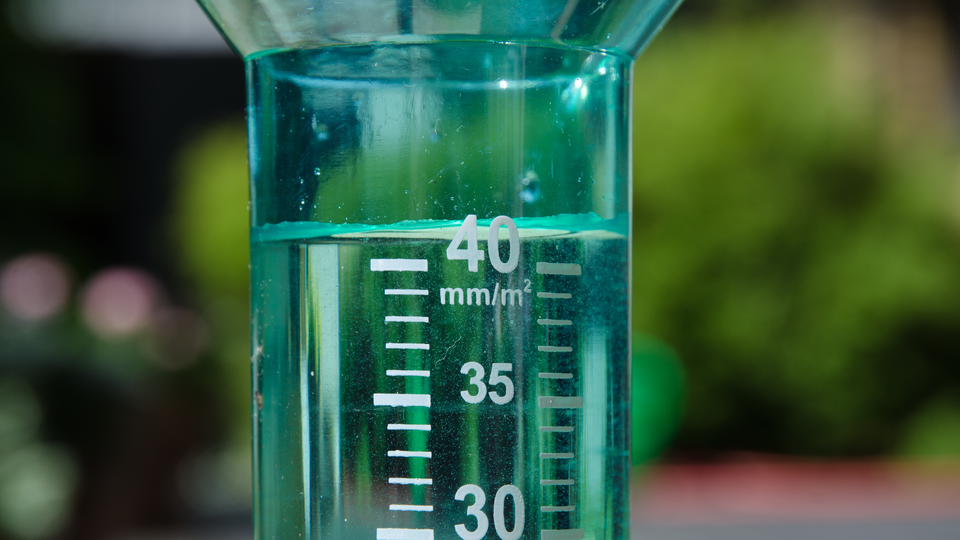
Build a rain gauge and contribute to community science
Spring is finally here—and that means changing weather. Now is a great time to be an at-home community scientist!
With a few commonly available materials, you can find out how much rain is falling during light showers and torrential downpours with your very own rain gauge. You can also record and share your measurements with the Community Collaborative Rain, Hail, and Snow Network (CoCoRaHs), a non-profit, community-based network of volunteers who measure and report precipitation. This network has recently updated its measurement guidelines to allow homemade devices, making it much easier for everyone to participate.
To get started, here is a list of materials you will need:
an empty two-liter plastic bottle
scissors
a few handfuls of clean pebbles, gravel, or marbles
masking tape
water
ruler
permanent marker
paper and pencil
Click here to view step-by-step instructions on how to build a gauge from the Education.com.
The growing community science movement
The Science Museum of Minnesota is proud to be working with you and the National Oceanic and Atmospheric Administration (NOAA), the Museum of Science in Boston, and the Open World Learning (OWL) Community in Saint Paul to promote community science (also known as citizen science) and discussions about climate resiliency.
Starting the fall of 2020, the Science Museum will be distributing pre-made rain gauges to students at Open World Learning Community (OWL) to begin collecting rain and snow data from their neighborhoods. This data will be shared through the Community Collaborative Rain, Hail, and Snow Network (CoCoRaHs), just like your data.
All the measurements from these student gauges, as well as any other local CoCoRaHs volunteers, will be shared at a public climate resiliency forum to be held at OWL in the spring of 2021, around Earth Day. Stay tuned for more details!
To learn more about how you can participate in science projects in your community, visit SciStarter.org.